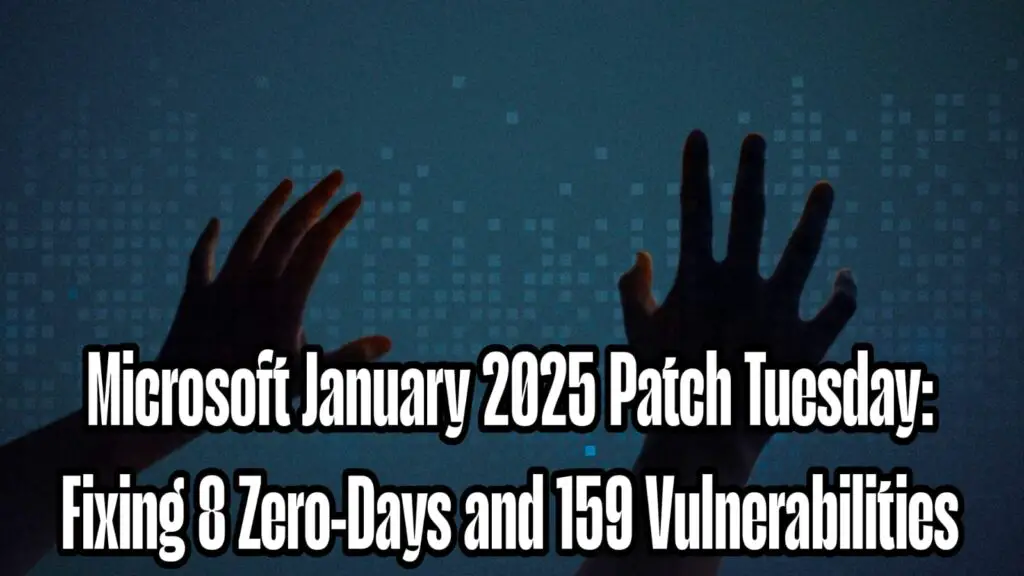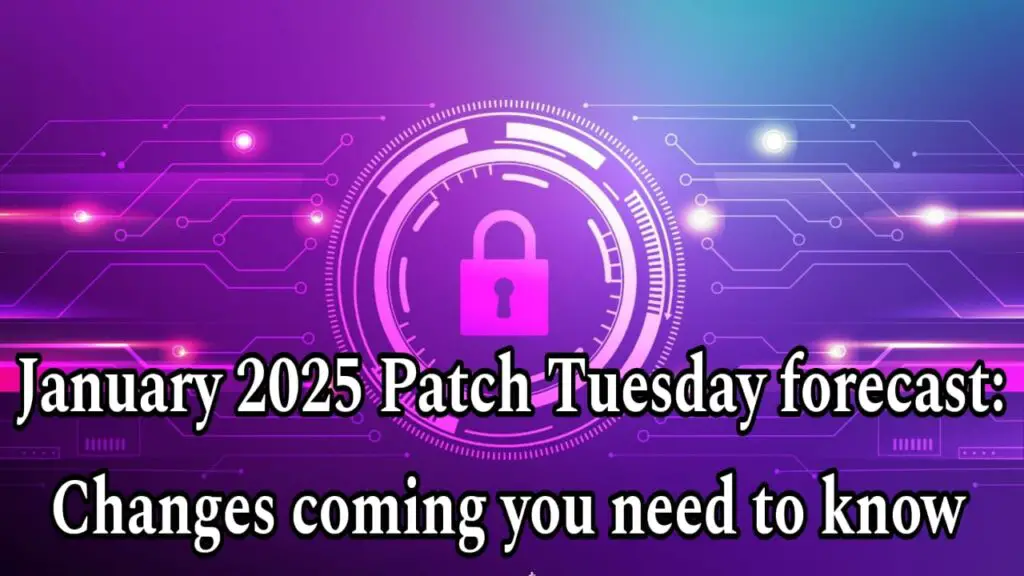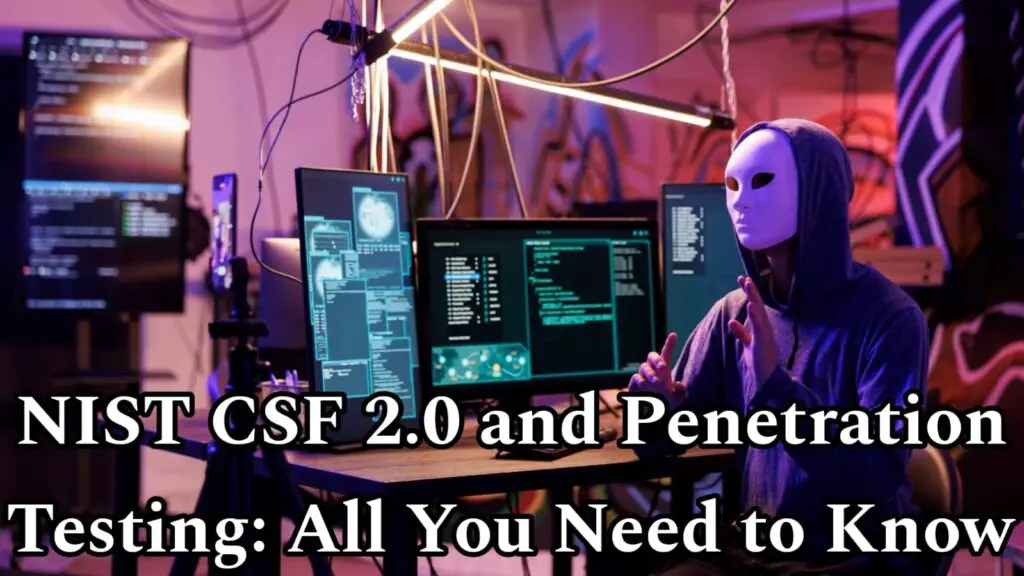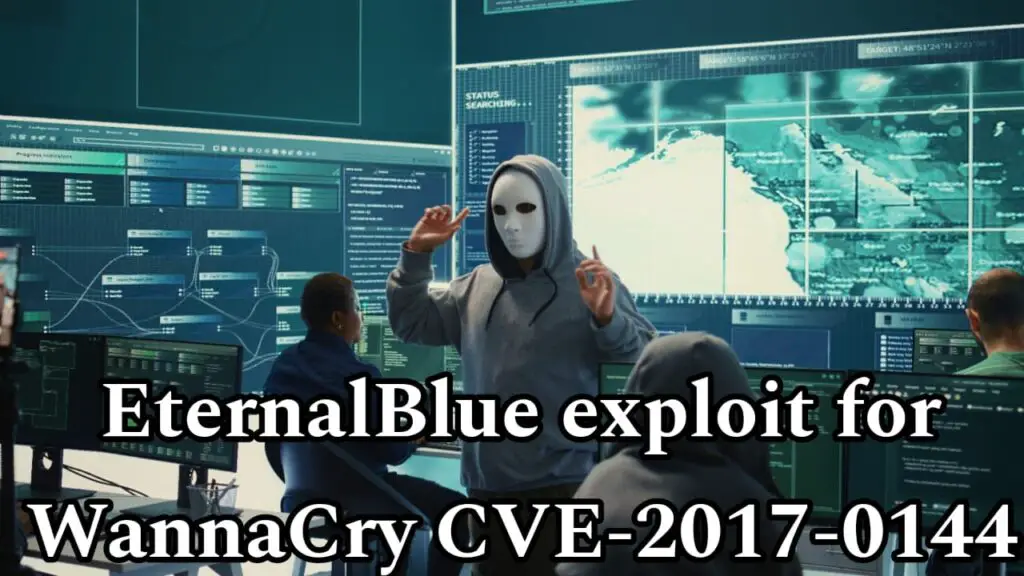Microsoft January 2025 Patch Tuesday: Fixing 8 Zero-Days and 159 Vulnerabilities
Microsoft January 2025 Patch Tuesday: Fixing 8 Zero-Days and 159 Vulnerabilities Microsoft has kicked off 2025 with a significant Patch Tuesday release, addressing a record-breaking number of security vulnerabilities. With updates for 159 flaws, including eight zero-day vulnerabilities—three of which are actively exploited in the wild—this month’s updates underscore the importance of maintaining a robust […]










